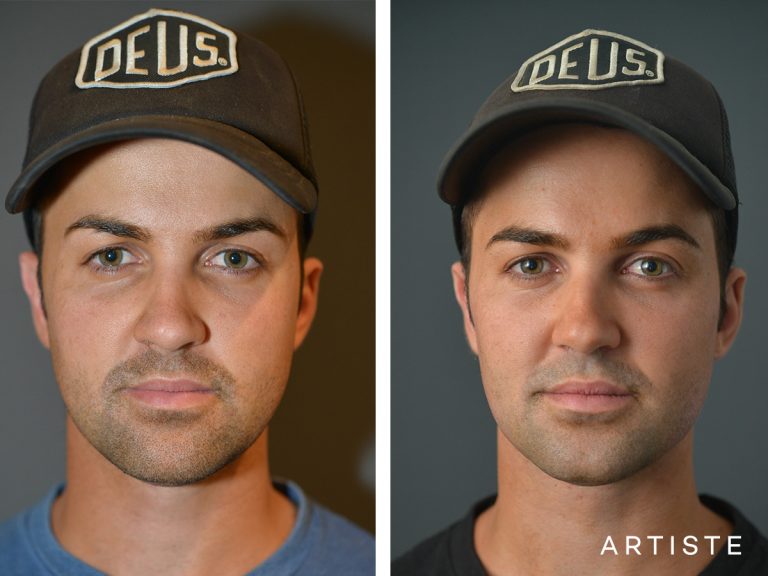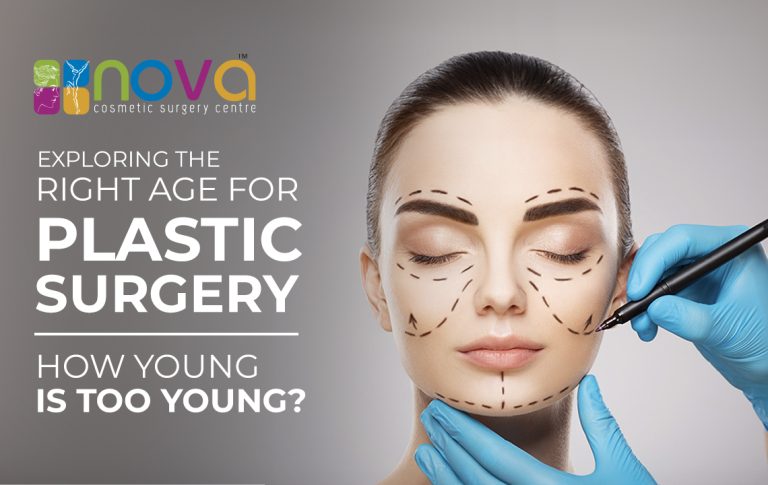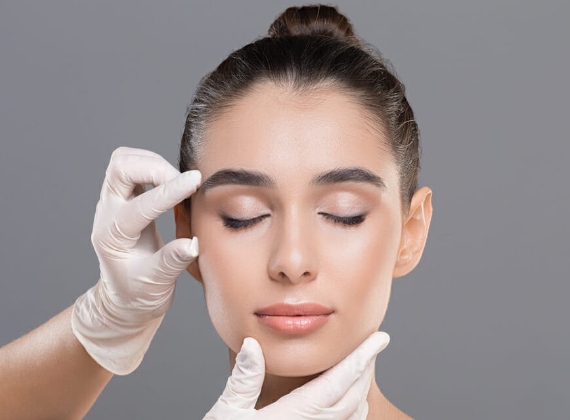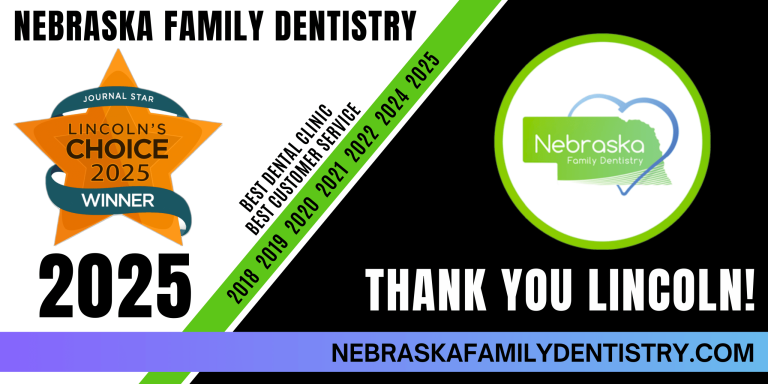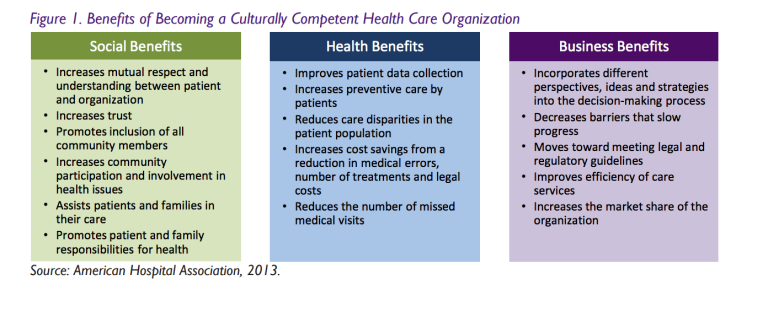
Plastic surgery—it’s not just about vanity. It’s a medical art form that’s been shaped by war, cultural shifts, and technological leaps. From ancient skin grafts to today’s minimally invasive tweaks, the field has come a long way. Let’s dive in.
The Ancient Roots of Reconstruction
Believe it or not, plastic surgery isn’t a modern invention. The earliest recorded procedures date back to 600 B.C., when Indian physicians used skin flaps to reconstruct noses—a punishment for crimes back then. Ouch.
Fast-forward to ancient Rome, where rudimentary techniques for repairing ears emerged. But honestly? Progress stalled for centuries. It wasn’t until the Renaissance that things picked up again, with surgeons like Gaspare Tagliacozzi pioneering nose jobs using arm skin. (Yes, arm skin.)
The 19th Century: War and Innovation
War, sadly, has always been a catalyst for medical advances. The Napoleonic Wars and later, World War I, left soldiers with horrific facial injuries. Surgeons like Sir Harold Gillies—considered the father of modern plastic surgery—developed groundbreaking techniques:
- Tube pedicles: Using flaps of living tissue to rebuild faces.
- Skin grafting: Transplanting skin from healthy areas to damaged ones.
- Rhinoplasty refinements: Making nose reconstructions more natural.
These weren’t just medical breakthroughs—they restored dignity to countless veterans.
The 20th Century: From Reconstruction to Aesthetics
The 1920s–1950s: Hollywood’s Influence
As cinema boomed, so did demand for cosmetic enhancements. Rhinoplasties became trendy, and the first silicone breast implants (though primitive) appeared in the 1940s. The line between reconstructive and cosmetic surgery began to blur.
The 1960s–1980s: The Rise of Elective Procedures
Here’s the deal—this era saw plastic surgery go mainstream. Silicone implants improved, liposuction was invented (thank you, France), and facelifts became less taboo. Celebrities openly discussed procedures, and suddenly, cosmetic surgery wasn’t just for the rich and famous.
The 1990s–2000s: Minimally Invasive Boom
Botox hit the scene in 1992. Laser treatments, fillers, and non-surgical options exploded. People wanted results without the downtime—and surgeons delivered. The term “lunchtime facelift” became a thing.
Plastic Surgery Today: Tech Meets Trends
Modern plastic surgery is safer, more precise, and oddly… more personalized. Here’s what’s shaping the field now:
- 3D imaging: Patients can “preview” results before going under the knife.
- Fat grafting: Using your own fat for enhancements—natural and sustainable.
- Ethnic considerations: Techniques tailored to diverse features, not one-size-fits-all.
And let’s not forget the social media effect. Filters warp reality, driving demand for procedures like “Instagram face” tweaks. But there’s also a growing push for authenticity—some patients now opt for subtle “tweakments” over dramatic changes.
What’s Next? The Future of Plastic Surgery
Robots? Bio-printed organs? Maybe. Researchers are exploring:
- Stem cell therapies: Potentially regenerating tissue without implants.
- AI-assisted planning: Customizing procedures with machine learning.
- Scarless healing: Using growth factors to minimize marks.
One thing’s certain—plastic surgery will keep evolving. Whether it’s repairing trauma or refining beauty, the journey through time isn’t over yet.

